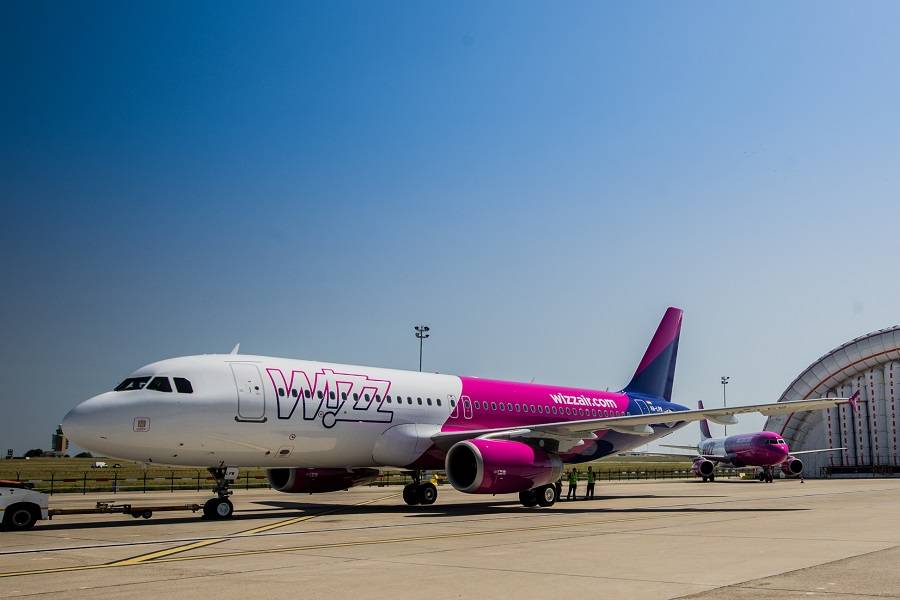A Wizz Air Airbus A321 had unreliable airspeed issues, after taking off from Sofia. And then the same thing happened again, to two more Wizz Air A321s!
As with every other safety-minded field, operators in an aviation environment are always looking for patterns of problems. On this occasion, three aircraft of the same type, belonging to the same operator, departing from the same airport, apparently had the same problem. And this quickly caused alarm bells at the airport, when everyone noticed the pattern and looked for its cause.
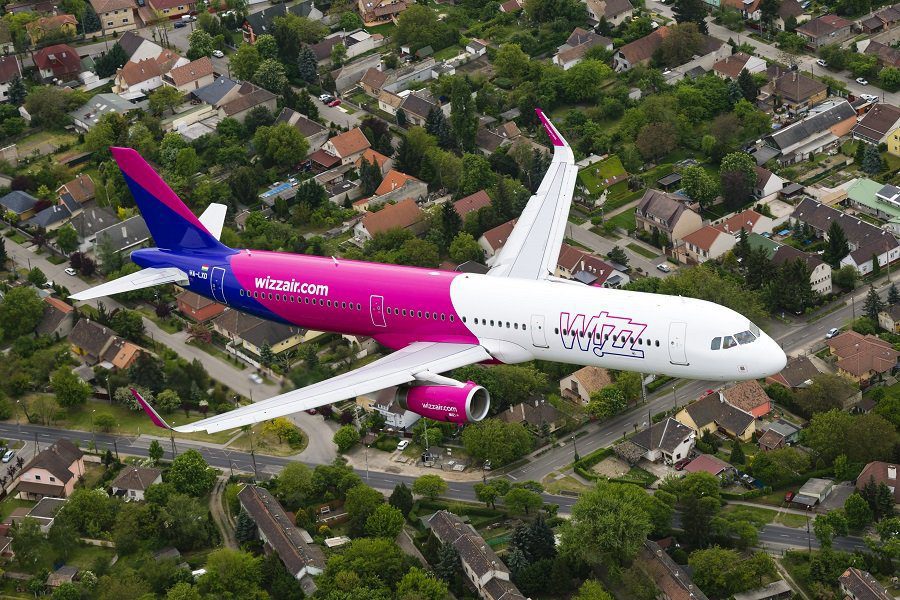
These unreliable airspeed incidents all involved Wizz Air A321 airliners. They took place on the 26th of February, 2018, in Sofia Airport (LBSF), in Bulgaria. The departures of the three aircraft were roughly two hours apart. First up was flight W6-4427, involving tail number HA-LXP. This plane’s crew would fly it to Tel Aviv (LLBG), in Israel.
The flight had 220 people on board. Its crew took off and had clearance to climb to FL230. But the A321 crew had noticed unreliable airspeed indications, already during their takeoff roll. So they stopped their climb early and went through their checklists, then declared PAN-PAN. But because of the unfavourable weather conditions, the crew elected to divert to Budapest International Airport (LHBP), in Hungary. They landed there without further incident. Another aircraft flew the passengers on, to Tel Aviv.
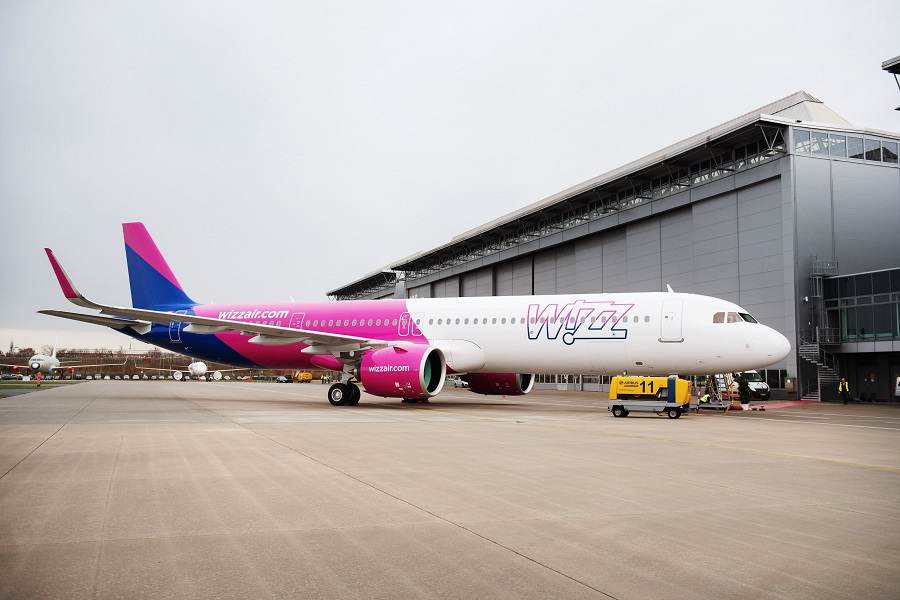
Unreliable Airspeed – Second A321
The second incident involved flight W6-4321, whose aircraft had tail number HA-LXL. This one was going from Sofia to Beauvais (LFOB) in France. But unlike the first flight, this A321 crew rejected their take-off at 80 knots, noticing the unreliable airspeed indications early. The rejected take-off was uneventful. After about 8 hours on the ground in Sofia, this aircraft returned to service.
Finally, there is Wizz Air flight W6-4351, using tail number HA-LXD, i.e. another A321. This flight would go to Bergamo (LIME), in Italy. And like the first flight, the crew of this A321 noticed the unreliable airspeed indications late and took off. After performing their checklists, this crew declared PAN-PAN and diverted to Budapest, like their colleagues four hours earlier. The flight’s 204 passengers then flew on to Bergamo on another aircraft.
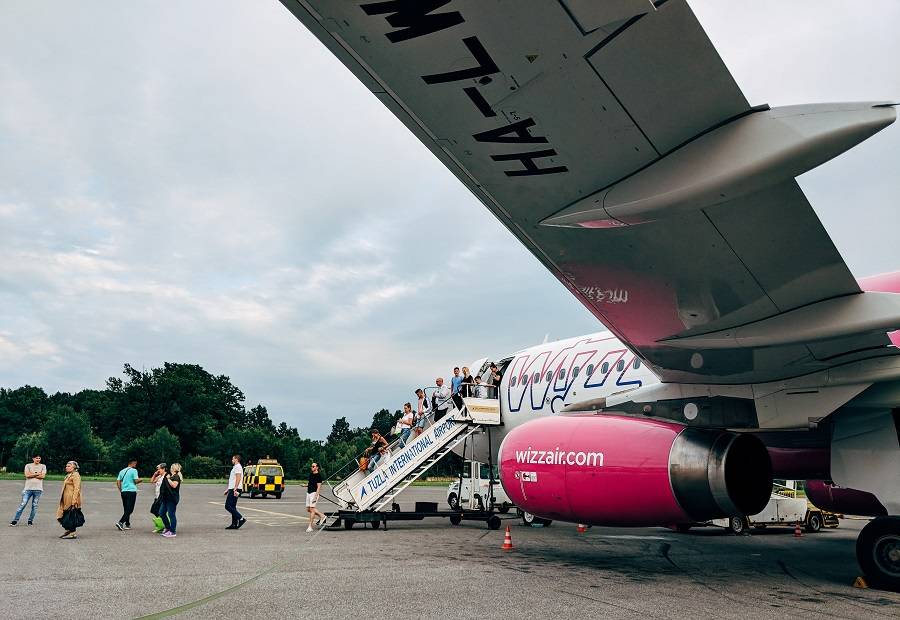
At this point, authorities at the airport in Sofia intervened. After three A321 unreliable airspeed incidents, departures of more A321s were prohibited. Then the authorities immediately convened, to understand what was going on. Helpfully, by this time they had the second A321 (HA-LXL) on hand since its crew aborted their take-off.
By this point, a total of 31 aircraft had departed from Sofia airport that morning, without any issues. All of these aircraft underwent the same de-icing procedures as the three Wizz Air A321s. Among them were two other A321 aircraft, that took off without any unreliable airspeed indications. And there were also seven A320s, two A319s, ten Embraer E190s, one ATR42 and six Boeing 737s!
A Common Thread
But it soon became clear that the three Wizz Air A321s had something in common, setting them apart. Unlike all of the other jets, these three had spent the night in Sofia. Conditions at the airport meant that a substantial amount of snow had accumulated on the aircraft. And while the ground crews applied anti-icing liquid on the wings, tail and fuselage, they did not de-ice the nose/cockpit section.
The unreliable airspeed issues of these planes, have to do with the air data sensors of the A321. When the crews started up the aircraft, the warming windshield caused ice to melt and trickle downward. More ice melted around the windshield, as the fuselage warmed up. But the lower half of the fuselage did not warm up the same way. So this trickling water re-froze. And some of it refroze in front of the pitot tubes.
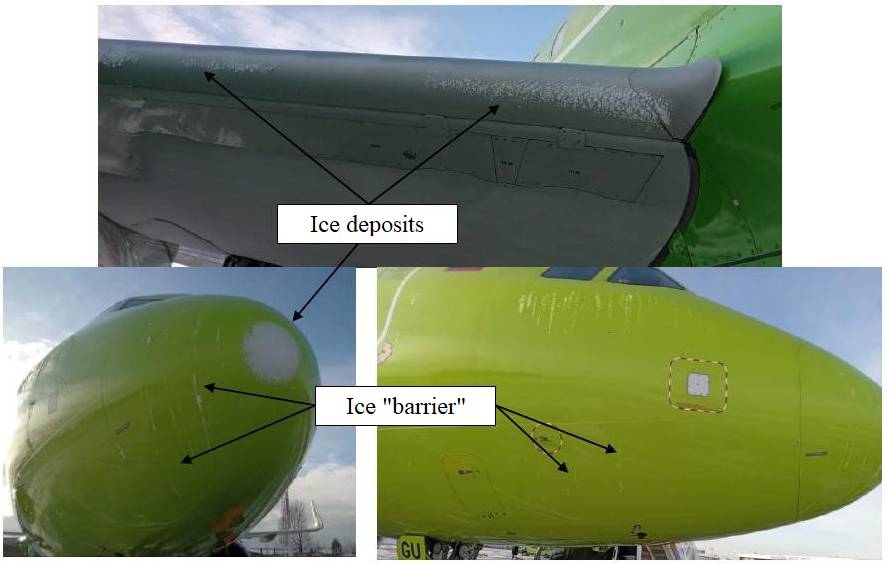
Had any ice frozen on the pitot tubes, the heating of the tubes themselves would have re-melted it. But with ice being in front of the A321 pitot tubes, the airflow over the tubes was disrupted, causing unreliable airspeed indications. And the heating on the tubes themselves could do nothing about that. However, this isn’t a new issue. In fact, this article might seem familiar, because we recently looked at a similar but more dramatic incident, HERE.
The A321, Unreliable Airspeed, De-Icing And Anti-Icing
Note here the difference in the use of the terms “de-icing” and “anti-icing”. Generally speaking, “de-icing” is the removal of icing. “Anti-icing” refers to the ways of keeping new ice from forming on the aircraft. This includes the liquid(s) that ground crews use, for the same purpose. But crucially, crews should not apply the liquid to certain parts of the plane. These parts include the nose/cockpit sections of Airbus A320-family aircraft.
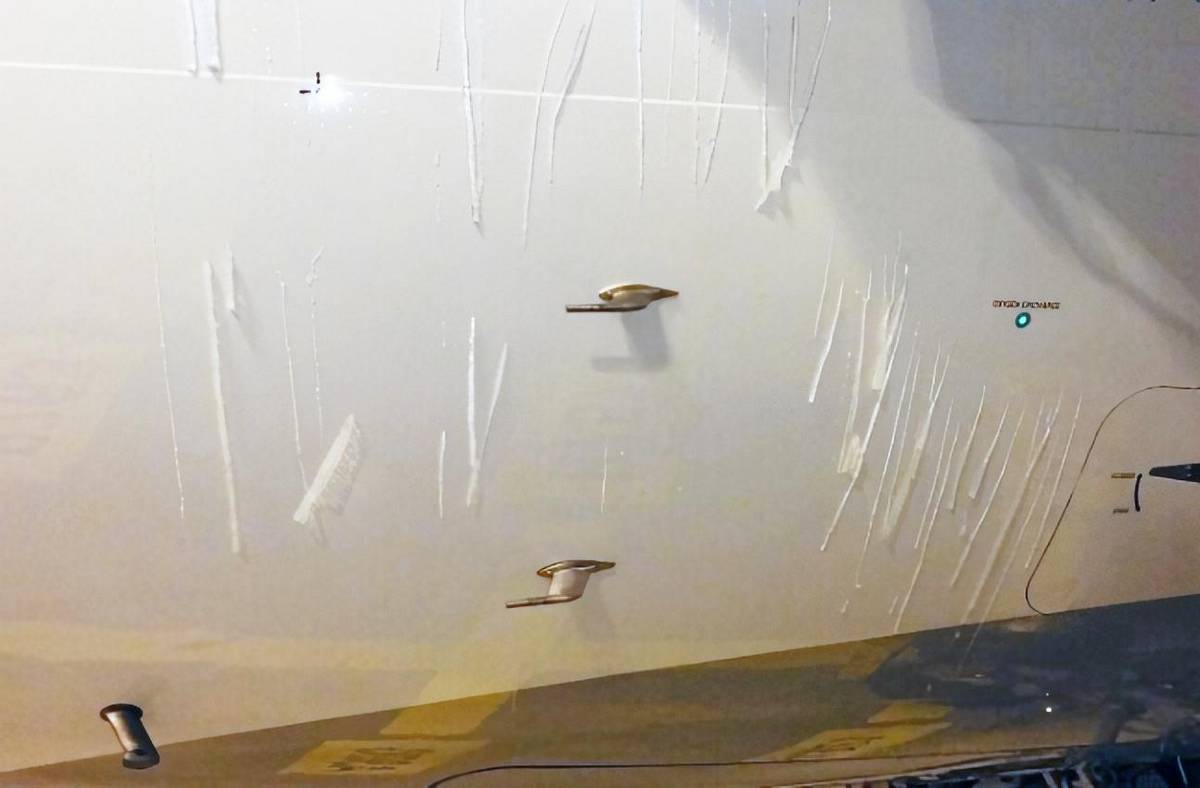
Ground crews applied anti-icing fluids to these aircraft. But they did not remove any ice that accumulated on the front sections of these three A321s overnight. After these A321 unreliable airspeed incidents, both the airline and the airport authorities changed their procedures. Wizz Air will brush off any snow and ice from the nose, applying hot air over the area. Also, the airline instituted more checks for crews to do after de-icing.
As we saw with the previous incident in Russia, Airbus has a handy safety information publication on this issue, here. In general, winter operations pose extra challenges for crews. But at least these crews avoided any dramatic loss of control conditions. Hopefully, the publication of this final report (link below) will inform the procedures of other operators around the world.

